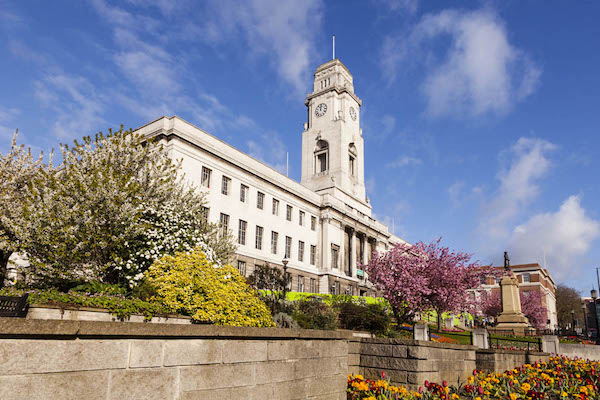HUNDREDS of properties in Barnsley have been left vacant for more than two years, collectively valued at £63m - despite dozens being put in temporary accommodation during the pandemic.
Barnsley’s 468 properties that have been empty for more than two years is the fourth-highest figure among local authorities in Yorkshire and the Humber.
Of those, 107 have been empty for five to nine years and 64 have sat dormant for a decade or more.
The borough makes up ten per cent of the 4,188 vacant properties across the region, while the value of its empty homes - calculated using median house price data from the Office for National Statistics - is estimated to be £63m.
That is the third-highest value in the region, slightly ahead of neighbouring Rotherham - which has a rate of 3.6 per 1,000 properties left vacant for two or more years, compared to Barnsley’s rate of 4.2 per 1,000.
Barnsley’s rate leaves it seventh-highest of 14 councils to which insurance provider Admiral sent Freedom of Information requests.
Two years ago, there were 1,162 homes which had stood empty for six months, and 61 for more than ten years.
But the council’s new approach - which includes giving officers the power to seize properties and sell them on - is a positive step towards decreasing the number of homes that lay dormant for long periods of time.
A Berneslai Homes report said: “We have strengthened our performance management of empty properties.
“Property option appraisals are being completed for our most ‘difficult to let’ homes and enhanced letting standards are in development.
“We will proactively manage our empty properties and be flexible in deploying enhanced standards to let our homes and sustain tenancies.”
The number of empty homes in Barnsley has consistently fallen since 2010, when 2,173 homes were empty.
But while hundreds of homes stand empty, more than 130 people have been put into temporary accommodation since the start of the pandemic.
Local authorities have a statutory need to provide prevention or relief duties - to prevent people from becoming homeless, or find an alternative if that’s not possible, respectively.
More than £250,000 was spent on temporary accommodation in bed and breakfasts in 2020/21 - a hike from the previous year’s spend of £140,000.
Expenditure has increased year-on-year since 2015/16, when it was under £25,000.
Almost £600,000 was set aside by Barnsley Council to fund the purchase and refurbishment of a property - effectively acting as a half-way house - as part of its plan to tackle homelessness.
A property was bought in April, but delays in the completion process meant its refurbishment got underway in the summer.
From October to December last year, there were 210 people in Barnsley eligible for support - 127 of which were classed as homeless, while 83 were threatened with homelessness if not for intervention.
This fell slightly over the next three-month period, in which 100 people were classed as homeless and 82 threatened with homelessness.
But numbers of people assessed as being owed a duty, according to the Ministry of Housing, Communities and Local Government, have increased by a third since 2018/19 - from 470 to 781.
Of those, between April 2020 and 2021, 471 were deemed homeless and 310 threatened with homelessness.
The year prior, numbers of homeless people were slightly lower but 451 people were threatened with homelessness.









